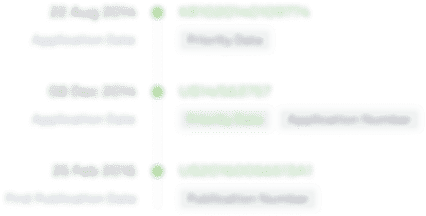Prevention of unpowered reverse rotation in compressors
a compressor and reverse rotation technology, applied in the field of compressors, can solve the problems of undesirable unpowered reverse rotation, damage to internal components of the compressor, and undesirable noise of unpowered reverse rotation
- Summary
- Abstract
- Description
- Claims
- Application Information
AI Technical Summary
Benefits of technology
Problems solved by technology
Method used
Examples
Embodiment Construction
[0012] Referring now to FIG. 1, the present invention will be described herein with respect to a compressor installed in a refrigerant circuit 2, such as commonly found in an air conditioning, heat pump or refrigeration systems, having a condenser 4, an evaporator 6, an expansion valve 8 and a compressor 10 connected in the conventional manner in refrigerant flow communication by refrigerant lines so as to form the refrigerant circuit 2. It is to be understood, however, the present invention is not limited in application to compressors installed in air conditioning, heat pumps or refrigeration systems, but may be applied to any compressor subject to unpowered reverse rotation upon shutdown due to the re-expansion of compressed fluid back through the compression mechanism. In particular, although the present invention will be described herein with respect to a scroll compressor, it may be applied to a screw compressor and any other compressor subject to unpowered reverse rotation upo...
PUM
 Login to View More
Login to View More Abstract
Description
Claims
Application Information
 Login to View More
Login to View More - R&D
- Intellectual Property
- Life Sciences
- Materials
- Tech Scout
- Unparalleled Data Quality
- Higher Quality Content
- 60% Fewer Hallucinations
Browse by: Latest US Patents, China's latest patents, Technical Efficacy Thesaurus, Application Domain, Technology Topic, Popular Technical Reports.
© 2025 PatSnap. All rights reserved.Legal|Privacy policy|Modern Slavery Act Transparency Statement|Sitemap|About US| Contact US: help@patsnap.com